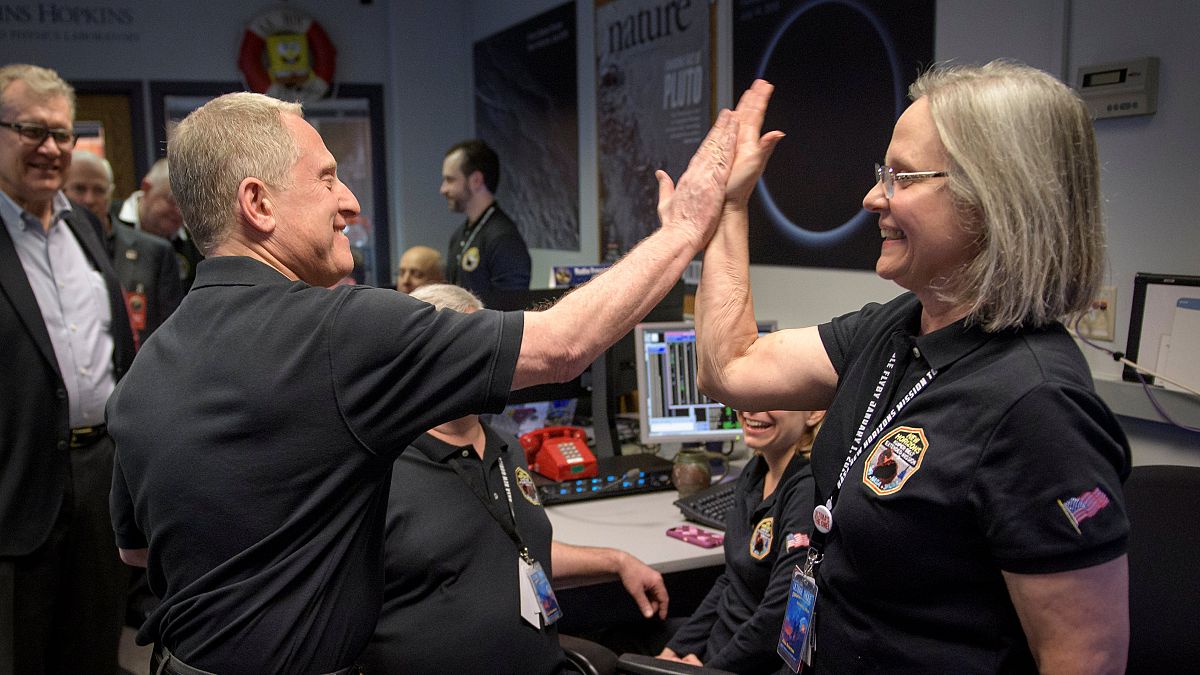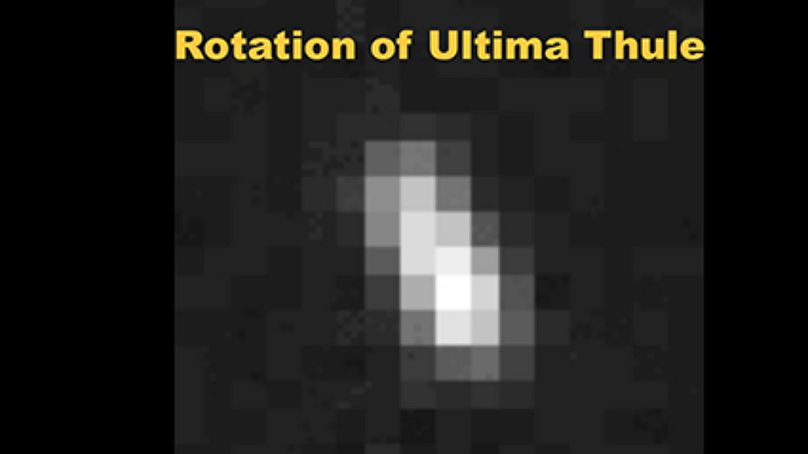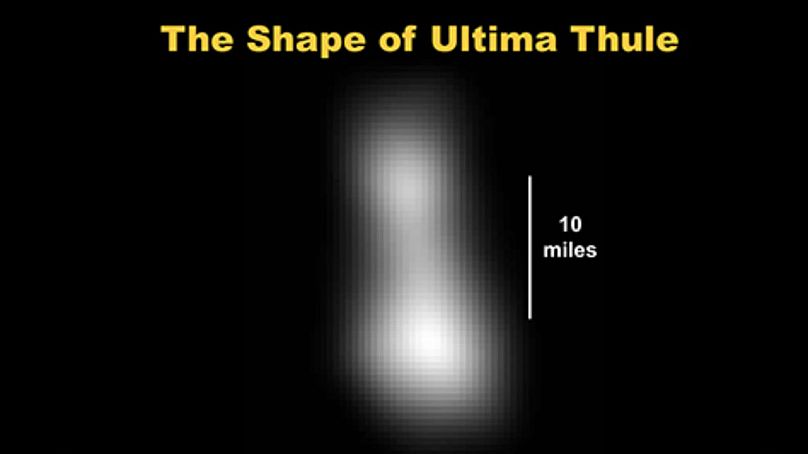The US space agency's New Horizons probe made a successful flyby of the Ultima Thule.
US space agency NASA made history on New Year’s Day after one of its explorers reached one of the farthest regions in the solar system.
The New Horizons probe flew close to a space rock known as Ultima Thule — a 32 kilometre-wide rock located in the Kuiper Belt, which is billions of miles from Earth.
The probe flew by the rock during a mission to gather information about the creation of the solar system.
The cosmic body is further from Earth than any other that’s had a close encounter with a NASA probe, scientists believe.
Scientists had not discovered Ultima Thule when the probe was launched and only found out about it in 2014 using the Hubble Space Telescope. They selected it for the New Horizon’s extended mission in 2015.
The New Horizons probe was first launched in January 2006 to study the planet of Pluto and its five moons.
After travelling 1 billion miles beyond Pluto into the Kuiper Belt, New Horizons will look for clues concerning the formation of the solar system and its planets.


